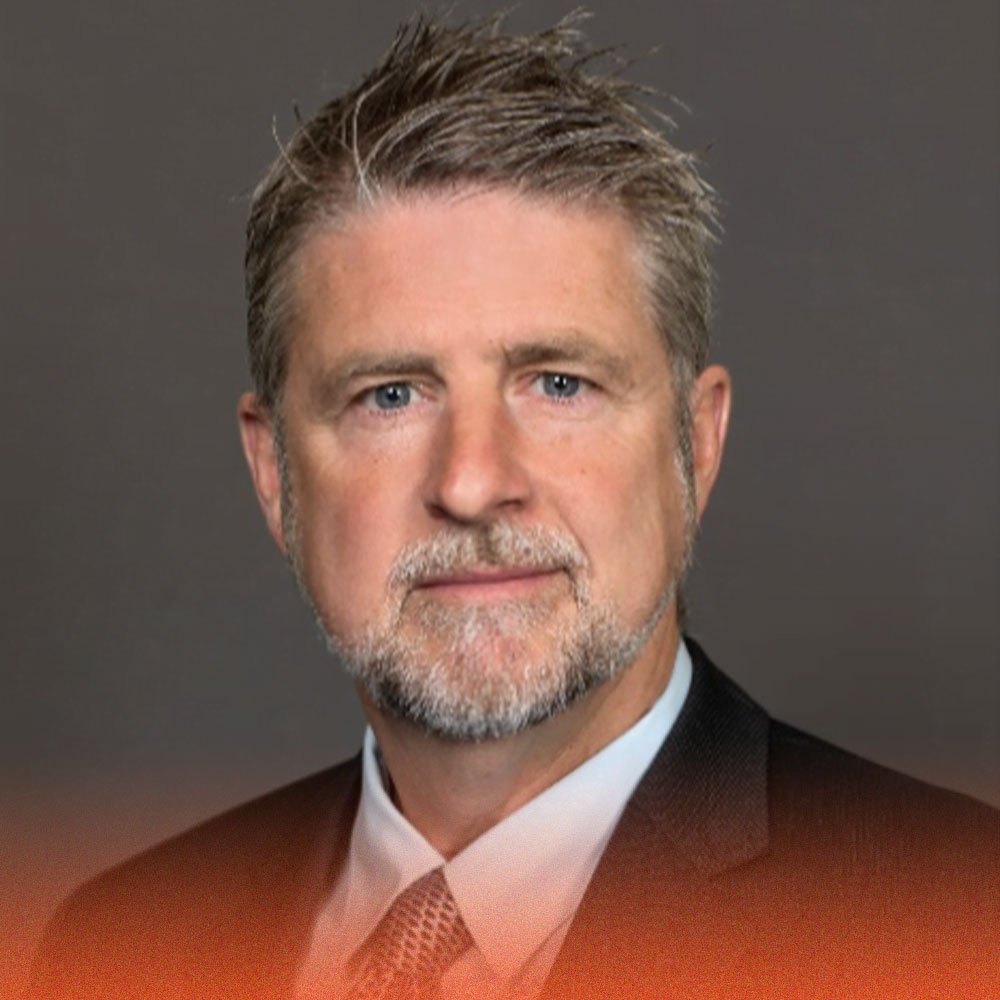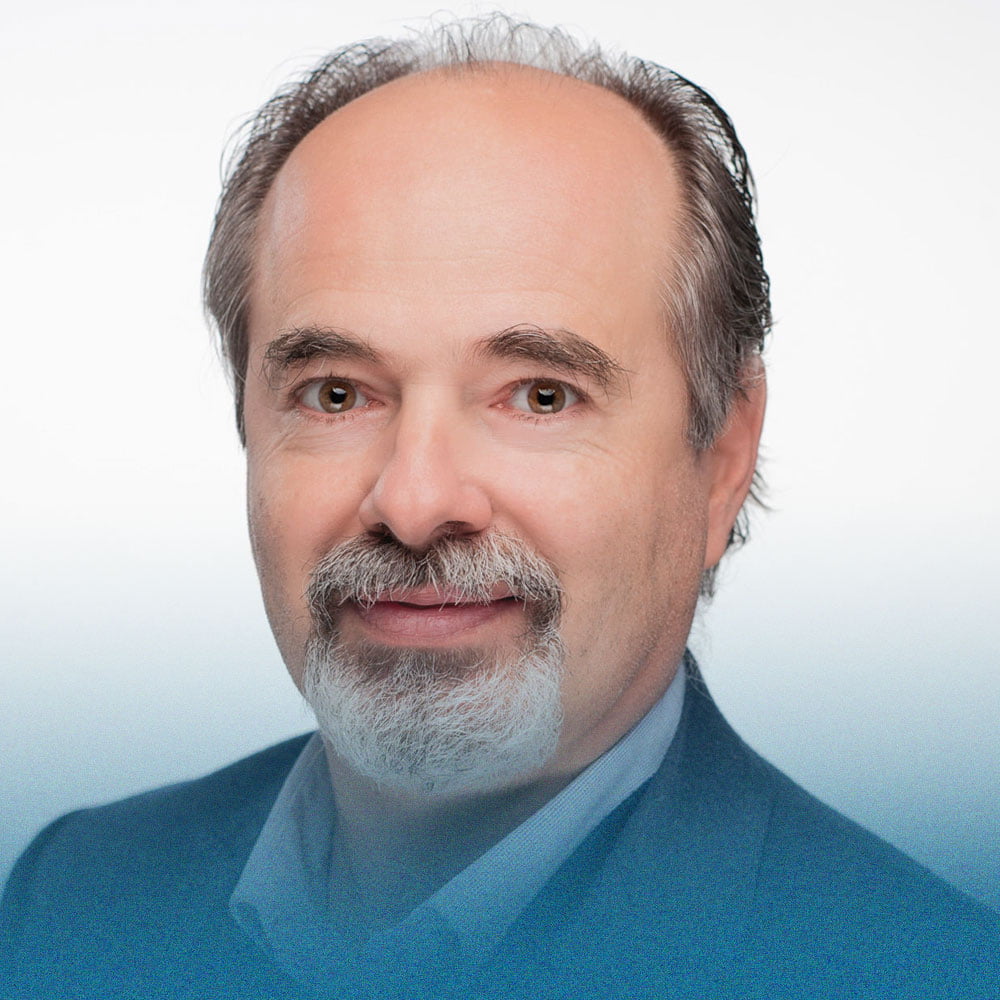Iron is tough as nails; does your child have what it takes to be a part of the Future engineer’s team?
One day a week for 26 weeks, your child will be immersed into the world of engineering and develop skills and knowledge that could lead to a very successful life as an engineer in the future.
Students will meet after school for 2 hours each week and work in teams to solve problems, design solutions, and creative innovative ideas as they work through the future engineer’s program. In addition to developing engineering and technology skills, students will also sharpen their math and science knowledge and skills as well.


